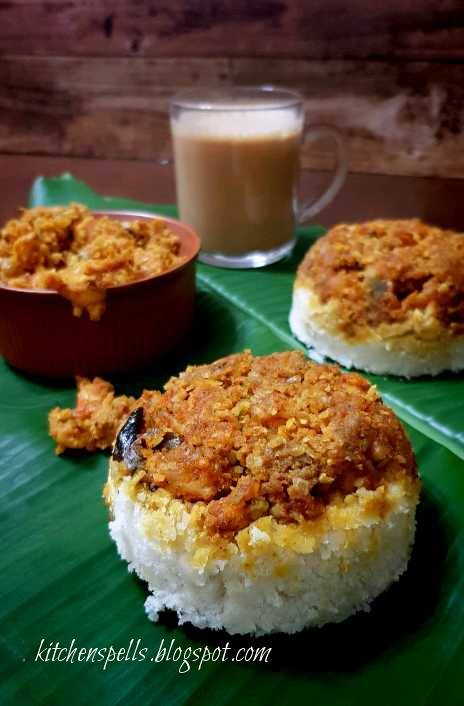With Easter just a day away marking the culmination of the Holy week and season of lent, Christian households would be prepping up a feast to celebrate the resurrection of Christ. Our celebrations often overshadow the real reason for the existence of such a day. To put it in a line - Easter Sunday celebrates resurrection of Jesus Christ from the tomb on the third day after crucifixion, fulfilling the prophecy that the Son of God would die for our sins and rise on the third day signifying eternal life.
With a good share of Indian Christian population in the Southern state of Kerala, Easter Sunday would witness a day of festivity both at church and at homes. Here is a recipe that you can add on to the menu - Nadan Kozhi Porichathu/ Kerala Chicken Fry.
Ingredients
To Marinate –
- Chicken – 1 kg cut into medium or large pieces
- Ginger- garlic paste – 2 tsp
- Kashmiri chilli powder – 1 tsp
- Red chilli powder – 1 tbsp
- Turmeric powder – ½ tsp
- Fennel powder – 1 tsp
- Garam Masala – 1 tsp
- Vinegar – 4 tsp
- Salt to taste
- Water
For the masala -
- Coconut – ½ cup grated
- Curry Leaf – 2 sprigs
- Coconut oil – for deep frying
- Red chilli powder – ½ tsp
- Salt
Method
- Clean the chicken and pat dry them. Create gashes on the chicken for the marinade to seep in.
- Prepare the marinade using the ingredients listed under ‘To Marinate’. Add water only if required to form the paste.
- Marinate the chicken pieces in the marinade and set aside for a minimum of half an hour or maximum of a day in the refrigerator.
- Heat oil in a deep pan, add the chicken pieces and fry on both the sides on medium flame until the chicken is cooked and a golden brown colour is attained.
- Transfer this on to a kitchen towel to drain off excess oil. Transfer this to a serving dish.
- Once all the batches of chicken have been fried, add coconut and curry leaf to the same oil along with chilli powder. Fry until the coconut turns light brown in colour. It will continue to cook even after you take it off the flame. Spread this onto the chicken in the serving dish. Sprinkle a dash of salt over the dish and serve hot.

































